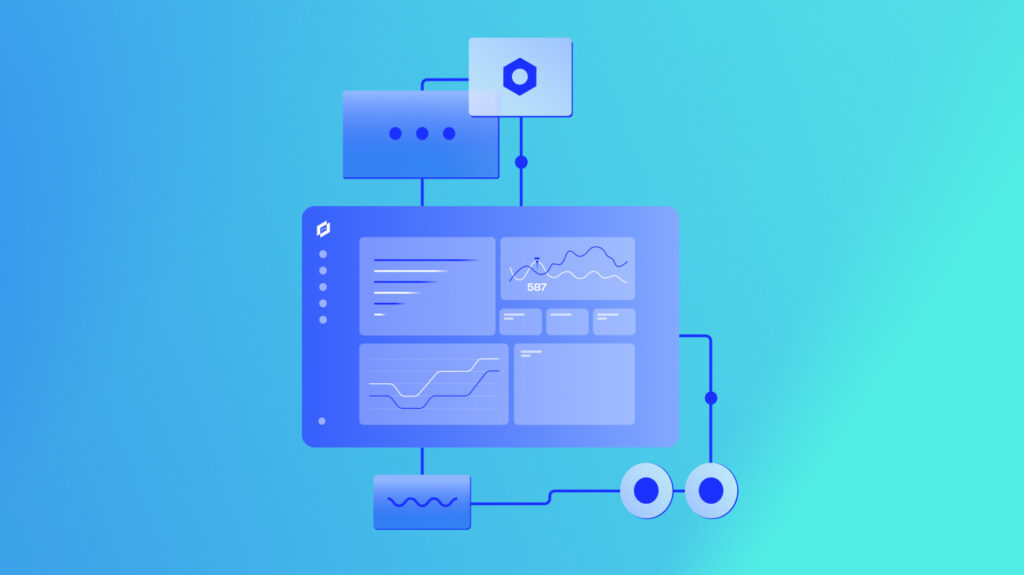Microsoft Azure and Microsoft, in general, has a history of being seen as designed for big enterprises only. Those days are in the past. Azure is working its way to the front of the pack for cloud services. It is easy to transition your workflows to Azure because it connects well with other Microsoft tools you use. Even though it is a smoother transition, it is just as complex and complicated as other large cloud providers. Keep reading to learn more about Microsoft Azure and how to better monitor your cloud infrastructure to provide business value and get the most out of what you pay for.
Microsoft Azure
Microsoft Azure offers everything from Infrastructure-as-a-Service (IaaS) through Platform-as-a-Service (PaaS) cloud services. Azure also provides many ways to connect through existing Microsoft applications and SaaS services. This continues to blur the line between infrastructure and services, but it also allows you to easily integrate other Microsoft offerings with your Azure cloud.
Azure offers replacements for the on-premise infrastructure and Infrastructure-as-a-Service (IaaS) that allows traditional IT infrastructure professionals to take advantage of the knowledge they already have. From simple Virtual Machines (VM) that have the ability to auto-scale and provide compute power when needed, to SQL and file storage options called SQL Database Service and Storage Service respectively. One thing to know about Azure is their naming tends to be straightforward.
As we continue down the stack to Platform-as-a-Service (PaaS), Azure provides options for application hosting (App Services) and Kubernetes hosting (Kubernetes Service also marked as AKS). These are just a few examples of stretching the legs of Azure as a full-service cloud platform. With Azure Monitor, you are able to monitor all of your services within Azure. This provides some visibility, but understanding the impact beyond these simple metrics requires a little bit of time or some help. Sometimes both.
Monitor your Azure
You need to fully understand your cloud infrastructure and know how it is performing to ensure you are able to provide business value and get the most out of what you pay for. Focusing on just Azure will require you to understand each service and what metrics provided by the service matter the most to performance and utilization. This ranges from simple understandings, like CPU utilization and storage or memory usage, to complexities that come with auto-scaling and serverless functions (helpfully called Functions in Azure). Aside from the complexities, you also need to understand what thresholds should be considered. Luckily, LogicMonitor has monitoring coverage for over 50 Azure services with more than 130 default alerting statistics.
To top it off, monitoring your cloud infrastructure with LogicMonitor allows you to leverage all of your infrastructures to monitor your critical business performance. LM grows with you, allowing you to have a single pane view of all the critical on-premises, cloud, and log monitoring to allow you to respond quickly to your infrastructure needs. With features like Dynamic Thresholds and Service Insights, you can modify LogicMonitor to provide clear insights on your Azure infrastructure and so much more.
To learn more about how LogicMonitor can help you monitor and understand your Microsoft Azure usage and infrastructure or to see it in action, sign up for a free trial.

Subscribe to our blog
Get articles like this delivered straight to your inbox








